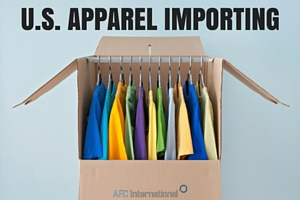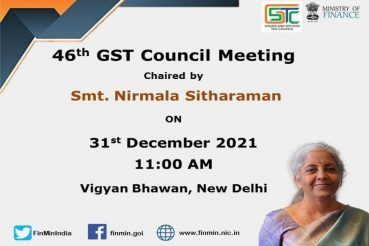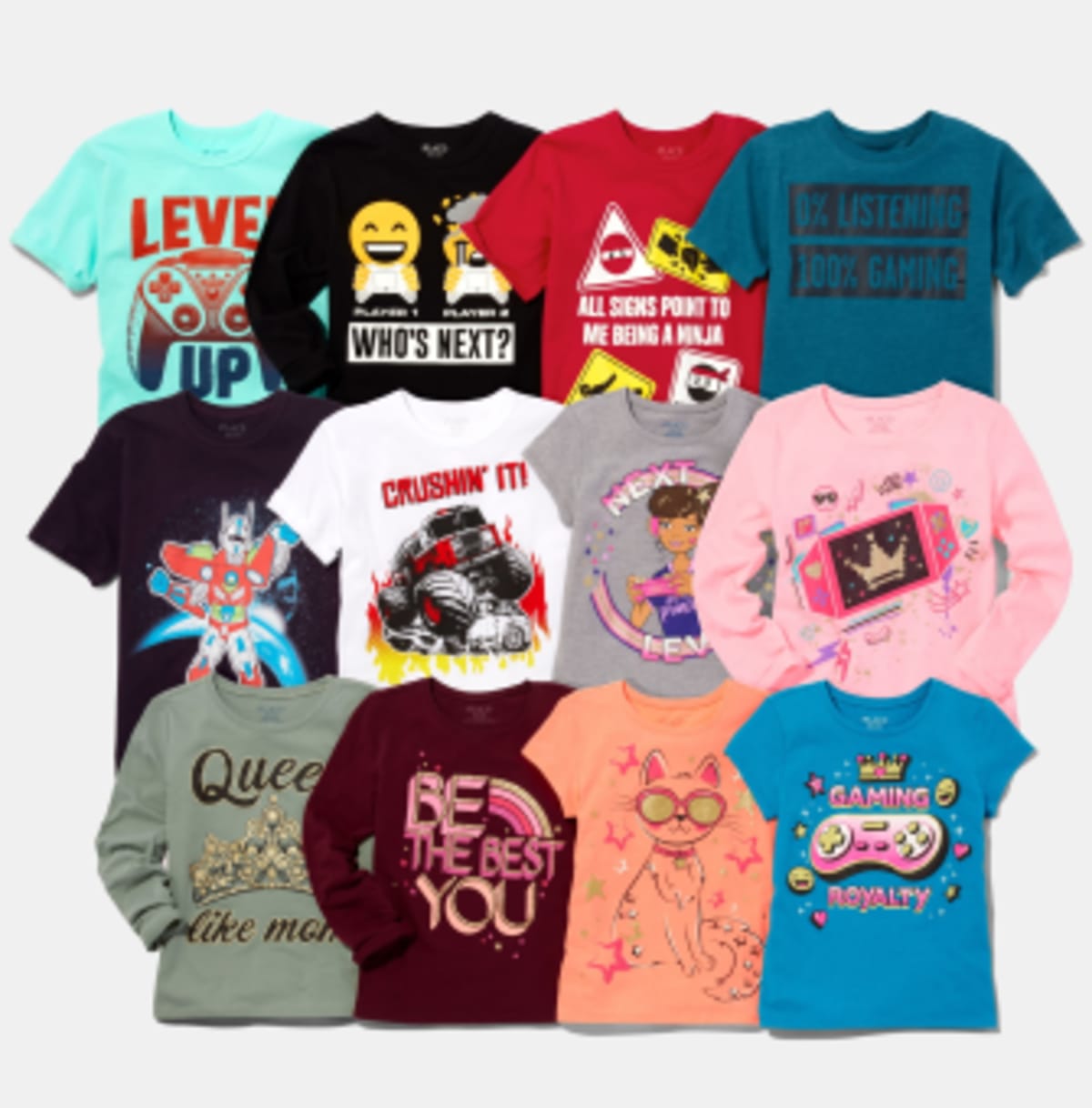The Chinese market has seen dynamic changes in 2021.
An organic revolution is in progress in the nation’s apparel industry, from the pursuit of speed and scale to a balance between quality and efficiency.
Apparel companies focused on the Chinese market are shifting to a new track: from traditional firms to “evangelists” that are complicit with consumers in the concept of sustainable fashion under a green production chain.
At the same time, representatives of industry organizations such as CNTAC are gathering fashion industry leaders with over $47.1 billion in revenues to lead the trillion-dollar value market in climate action.
Eighteen leading brands and 40 top manufacturing companies have committed to setting targets for peak carbon emissions and carbon neutrality, publishing action plans and roadmaps, and carrying out regular carbon information disclosures.
The Chinese textile industry took action to embrace globalization over the past four decades. From OEM production to self-owned brands, it has completed successive fashion metamorphoses.
With insight into the women’s apparel market in the U.S., the successes of cross-border e-commerce represented by companies like Shein over the past decade have proven the ability of the Chinese fashion industry to compete on a global scale.
Over the next decade, during which the goal of 2030 peak carbon emissions is expected to be achieved, will Chinese apparel companies be able to leverage on their carbon-neutral vision and strategy to truly develop better collaboration in areas such as research and development, pattern-searching, technological and product innovation, commercialization and talent training?
Is China really “holding the key to global solutions for sustainable fashion,” as Cai Jinqing, president of Kering Greater China, has claimed, thus opening new horizons for China to lead?
How will China drive industrial synergies for a trillion-dollar value industry?
As the world’s second-largest economy and a significant global leader, China is now the world’s largest consumer market for fashion brands and the largest fashion manufacturing country, playing a key role on both the industrial and consumer ends of the global sector.
According to the 2021 China Innovation and Entrepreneurship Ecological Development Blue Paper, the transition toward zero-carbon energy in China will create a huge investment market that will reach nearly $2.4 trillion by 2050 and contribute 80 percent of the cumulative emission reduction toward the country’s zero-carbon goal.
The apparel sector, an important pillar of the fashion industry, will drive a trillion-dollar market value synergy under the concept of carbon neutrality.
In this regard, the national organization of the textile and apparel industry — CNTAC — serves as the bridge between upstream and downstream enterprises and organizations across the industry. In 2017, CNTAC launched the Climate Innovation 2030 Initiative and in 2019, it launched the Climate Special Fund for Fashion Industry to fund the development projects of future sustainable fashion designers in China.
Encompassing 30 key brands and 60 manufacturing firms in the country’s textile and apparel industry, the 3060 Net Zero Accelerating Plan was launched in 2021, emphasizing the implementation of carbon reduction and climate strategies as well as collaborative industry governance.
CNTAC launches the new version of CSC9000T, positioning China’s textile and garment industry within “technology, fashion, green,” to provide guidelines for companies to “go global.” Courtesy
Six months after its launch, 12 of the brands that participated in the 3060 Net Zero Accelerating Plan have carried out life-cycle carbon footprint measurements on 22 products, covering five categories of raw materials, including cotton, polyester, spandex, silk and recycled cellulose fibers.
Data gained are supplementing the database on the environmental impact of textile materials and manufacturing processes.
There is no shortage of international action and initiatives on sustainable fashion, echoing China’s drive toward carbon neutrality. The difference is that Chinese firms are taking steps throughout the entire value chain — a supply chain synergy based on a perspective across the whole life cycle of a product and having a resonance with consumers.
It aims to demonstrate the contribution products make in driving low carbon consumption by promoting a credible global supply chain carbon footprint label, establishing a market incentive mechanism to support upstream and downstream companies, and thereby rapidly achieving sustainable production and consumption.
With the goal of a 55 percent cut in carbon emissions under a 1.5°C planet-warming scenario, the trillion-dollar global value industry chain is coordinating its strategies.
The unparalleled leveraging power behind sustainable fashion
“Carbon neutrality,” a term that’s been given extraordinary meaning since its inception, is considered by many as a disruption, a transformation, and an upgrading.
In the Chinese textile and apparel industry, each company has a unique presence in the market and is able to pursue its own strategies to achieve carbon neutrality. Many of the leading apparel companies in China are involved in the implementation of carbon neutrality.
For example, as the first step in its carbon-neutral strategy initiative, Peacebird is using the first product made from 100 percent Xinjiang cotton with a carbon footprint measurement across the entire supply chain. The Peacebird 25th-anniversary T-shirt has a hangtag with a QR code that allows real-time access to carbon footprint information.
wwd.com
(The news article has not been edited by DFU Publications staff)
Dear Reader, we at DFU Publications are committed to providing the latest news updates on trade development and insights, to keep our readers informed. Stay tuned. Subscribe to our newsletter.


_thumbnail.jpeg)

_thumbnail.jpeg)

_thumbnail.jpeg)
_thumbnail.jpeg)



1_thumbnail.jpg)
_thumbnail.jpeg)


_thumbnail.jpeg)
_thumbnail.jpeg)
_thumbnail.jpeg)
_thumbnail.jpeg)
_thumbnail.jpeg)























